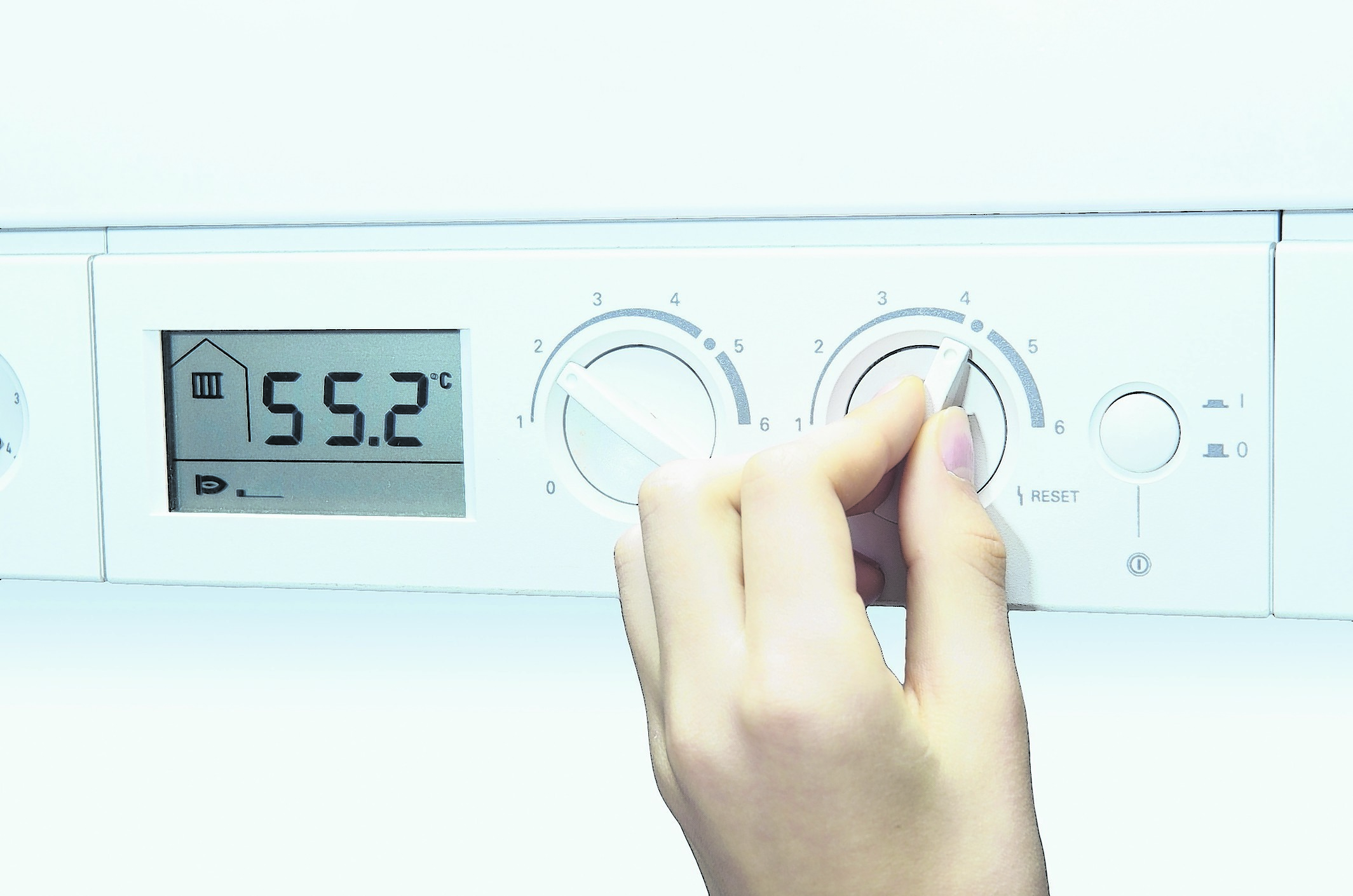This week, Julia Gray shows how to save money by upgrading and insulating your heating system
Service or replace the boiler
For your home’s boiler to work most efficiently, it needs to be serviced annually by a Gas Safe Register (www.gassaferegister.co.uk) engineer.
If you can afford to, replacing an old boiler with a new one will improve your central heating system and save you money.
A boiler that’s 15 years old or more is only around 60-70% efficient, so around 30-40p of every pound spent on heating and hot water is wasted.
“Updating to an A-rated condensing boiler, such as a Worcester Greenstar, could make your heating system up to 90% efficient,” says Martyn Bridges, of boiler manufacturer Worcester, Bosch Group.
Insulate or replace the hot-water cylinder
New cylinders for boilers, such as Worcester’s Greenstore range, come with a thick layer of built-in insulation, but lots of us have older cylinders that benefit from being fitted with an insulation jacket (at least 75mm thick). According
to the Energy Saving Trust, fitting a jacket to an uninsulated cylinder will save you £85-130 a year (based on a typical gas-heated home in Scotland, England or Wales). Cylinder jackets are inexpensive and easy to fit – try Mangers Cylinder Jacket (£14.58, B&Q), which is 180mm thick.
Upgrade the radiators and valves
To ensure your radiators are working at full capacity, bleed them with a radiator key or small screwdriver (when the heating is off and the radiators are cold), depending on the type of bleed valve.
Many older radiators don’t have adjustable valves – they’re either on or off – so fitting new valves will enable you to turn the heating down when you need to.
“I would always recommend fitting thermostatic radiator valves, as they offer individual room comfort and save energy by not allowing rooms to overheat,” Mr Bridges says.
“They regulate or cut off the flow of hot water to individual radiators, while the programmer and room thermostat control the heat to the whole house.
“A survey indicated that a central heating system with a full set of controls and thermostatic radiator valves could save up to 40% compared to an uncontrolled system.”
Stay in control
Smart systems, which enable you to control your heating and hot water from your smartphone or tablet via an app, are all the rage. One of the newest is therM, which is compatible with any heating system with a thermostat.
If you can do basic wiring, you can fit therM yourself (an internet router is also required).
Smart systems like this enable you to control your heating and hot water precisely and remotely, so instead of leaving the heating on when you go out on a cold day, you can turn it on using your smartphone when you’re on your way home.
